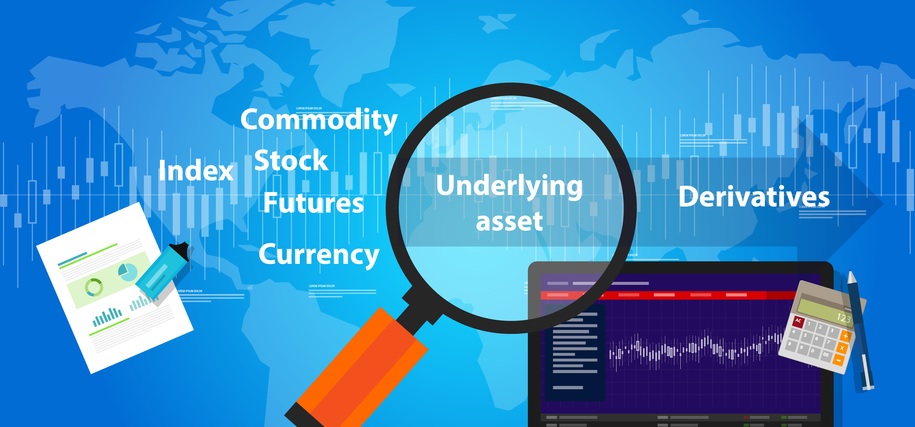Hedging is the process by which investors seek to position themselves as safely as possible, offsetting long positions with corresponding short positions in order to attempt to guarantee a profit – whether markets move up or down. The flexibility afforded by trading CFDs makes it possible to take positions on both sides of the fence, and allows you to capitalise on wider market movements that impact on your positions while taking steps to ensure you profit whatever happens.
Hedge funds, as is apparent from their names, aim to hedge their positions to guaranteed earnings for their clients, and will the strategies used are far from foolproof, the hedging mindset is one that has a significant role to play in minimising risk and creating a steady, profitable portfolio.
How’s Hedging Different?
Hedging differs slightly from pairs trading in so far as it tends not to be restricted to single pairings. Hedging is more of a portfolio consideration, and tends to look at sectors and industries which conversely relate to one another, and can even cross trading instruments and asset classes. The point of hedging is to minimise risk, and ideally generate a profit in the process. Much of the magic in hedging lies in understanding how markets and industries interrelate, and how prices are likely to react to indicators affecting their sectors.
For example, it might be the case that the government is proposing to invest more heavily in green energy. A position in support of green energy producers might be offset by a short position on mining companies with a heavy exposure to coal, given that we might expect the latter to perform less well over time as a consequence of the government announcement.
The hedge here is that green energy companies will do well off the back of the announcement, and the steps taken to short coal mining companies neutralises the risk of volatility in the green energy market. This gives the trader a better chance of realising a smaller profit – something which is essential when managing other people’s money, and particularly welcome in an otherwise volatile trading environment. When executed well, hedging strategies can offset the bulk of the risk of any position, and can go a long way towards ensuring stability across a portfolio.
Hedging Strategy Benefits
While minimising risk is a crucial part of hedging, it also reduces the profit potential for those trading with a hedging strategy in the short term, favouring instead a more stable, steady approach. This means potentially sacrificing wildly successful positions to the extent that your offsetting hedge trade fails, but nevertheless maintains a manageable risk profile and ensures your don’t fall too far behind on any one sour position.
Hedging as a strategy is more than just an idea, and there have been many books and journals dedicated to identifying and exacting workable hedges. When trading CFDs, the margined nature of the product increases even further the need for cautious, prudent hedging, and for the conservative trader with a desire to preserve capital and avoid losses, factoring in a degree of hedging can be an ideal way of building your trading capital and gaining experience in one of the most fundamental areas of sustainable trading.
